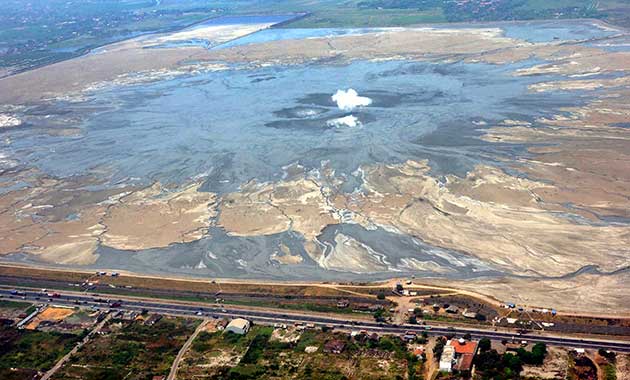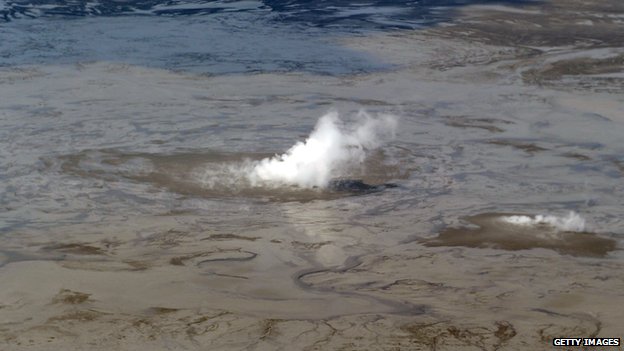Metrotvnews.com, San Francisco: Luapan lumpur Lapindo di Sidoarjo, Jawa Timur, akan melemah pada 2017. Diperkirakan, semburan akan berakhir pada 2020.
Hasil penelitian yang dilakukan sejumlah peneliti dari Universitas California, Berkeley, Amerika Serikat, itu lebih cepat dibandingkan perkiraan sebelumnya yang menyebutkan lumpur Lapindo meluap hingga 25 tahun, bahkan lebih.
“Pada 2017, luapan akan melemah,” kata Profesor Michael Manga dari Universitas California, Berkeley, saat berbicara pada pertemuan dunia para pakar Bumi terbesar, American Geophysical Union (AGU), di San Francisco.
Dia dan rekannya menggunakan teknik yang dikenal sebagai interferometric synthetic aperture radar (InSAR) untuk mengakses evolusi dari erupsi lumpur Sidoarjo. Kajian ini dilakukan berdasarkan pada catatan data satelit yang menunjukkan kondisi tanah yang berubah dalam merespon material yang muncul ke permukaan.
Erupsi yang dimulai di wilayah Porong Jawa Timur pada 2006 lalu merupakan yang terbesar dari kejadian yang sejenis. Lumpur telah menyebabkan ribuan orang mengungsi dan menyebakan kerugian ekonomi Indonesia mencapai US$4 milliar atau Rp47,9 trilliun.
Awalnya, lebih dari 100.000 ton lumpur muncul ke permukaan. Luapan lumpur semakin menurun hingga sepuluh kali lipat. Sebuah analisis berdasarkan pada penelitian satelit Jepang pada permukaan tanah memperkirakan penurunan sebanyak sepuluh kali lipat dapat terjadi pada beberapa tahun mendatang.
“Angka yang pasti, 1.000 ton per hari – lumpur sebanyak ribuan truk bak terbuka per hari. Jumlahnya terlalu sedikit untuk bisa menimbulkan bahaya, (tetapi) mungkin masih menarik untuk menjadi tempat tujuan wisata,” kata dia kepada BBC News. “Saya mengharapkan (kemudian) bahwa jika erupsi turun pada angka tertentu, akan tersumbat sendiri dan berhenti meletus.”
Penelitian ini dilakukan dengan menggabungkan sejumlah gambar citra satelit gunung berapi dari luar angkasa yang diambil oleh satelit ALOS Jepang, untuk memastikan perubahan permukaan di sekitar gunung berapi. Selama beberapa tahun, permukaan tanah turun sepuluh sentimeter akibat dorongan material dari perut bumi yang keluar ke permukaan tanah. Bagaimanapun, luapan terus menunjukkan penurunan. (BBC)
Sumber: http://www.metrotvnews.com/tekno/read/2013/12/14/13/201451/Luapan-Lumpur-Lapindo-Diperkirakan-Berakhir-pada-2020



